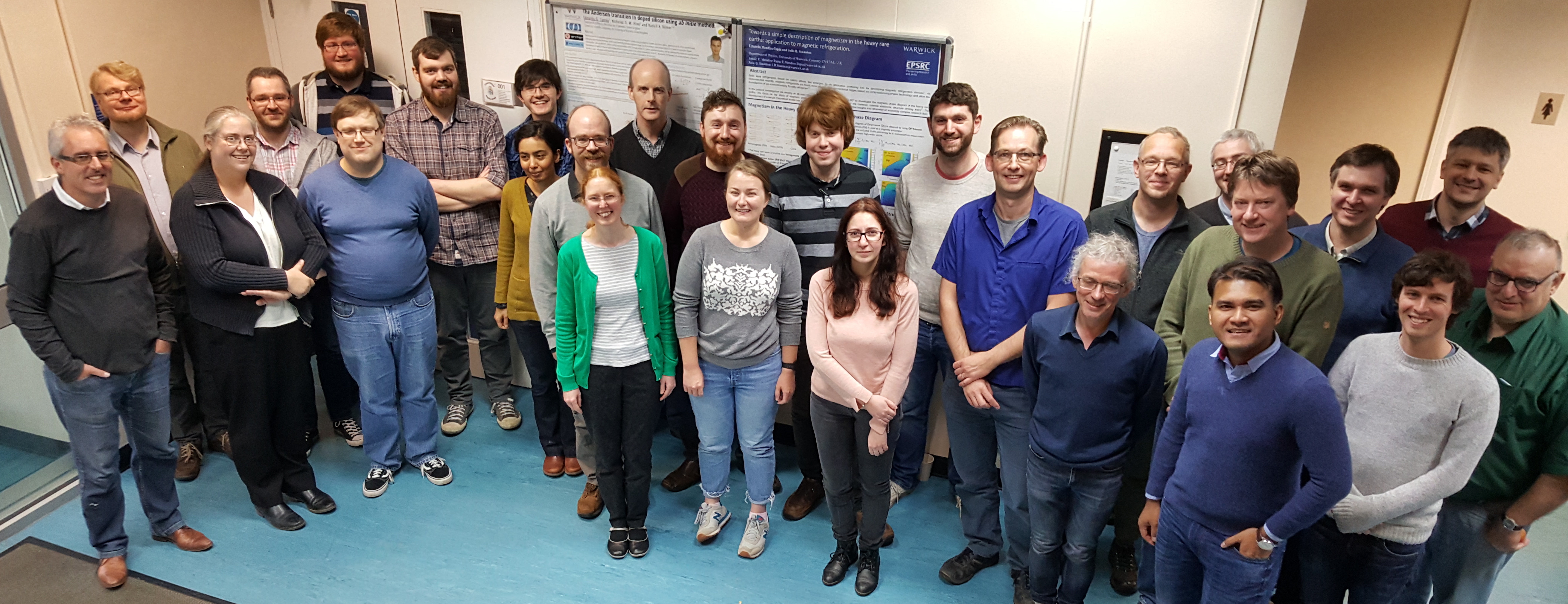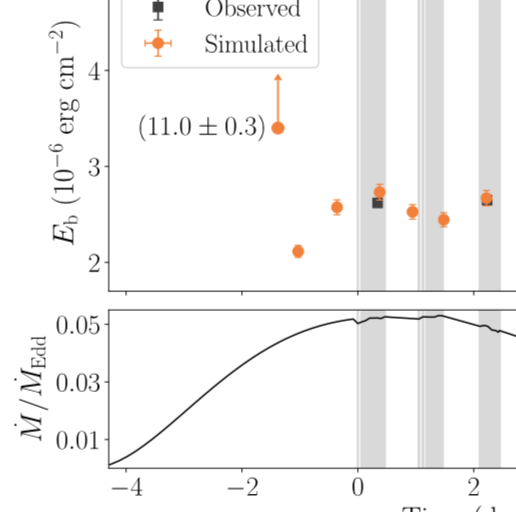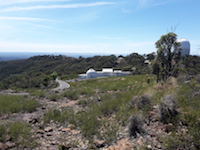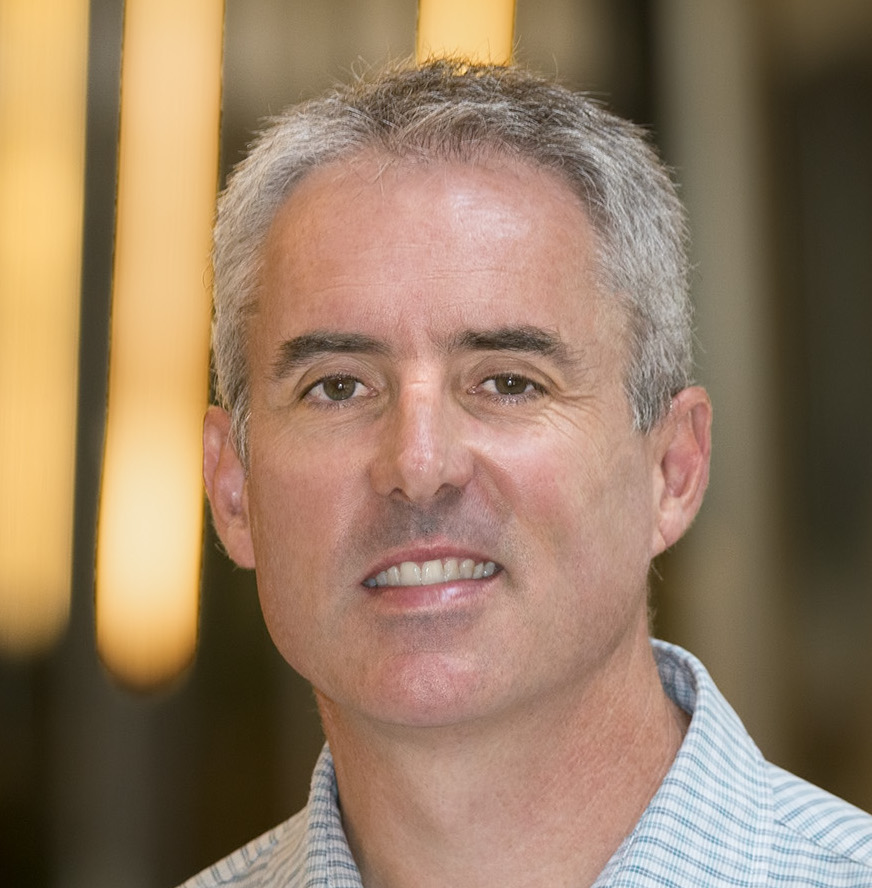Measuring neutrino losses in thermonuclear bursts
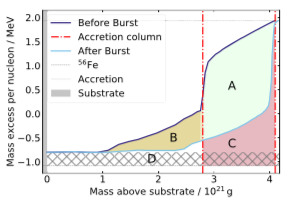 PhD student Adelle Goodwin has
been working hard trying to reconcile results of our 1-D time-dependent
thermonuclear burst code
Kepler with those of a
much simpler (and much faster) code while trying to model the bursts from
a millisecond pulsar, SAX 1808.4—3658. Continuing failure of this
effort led to suspicion about the formula for the nuclear energy yield, and
some careful experiments with Kepler revealed that the widely-used
approximation for the energy generation adopted for the simpler code
substantially overestimated the
contribution lost as neutrinos. Adelle's paper on the study has now been
published by ApJ. Adelle's work was also highlighted in the 2018 December
edition of the JINA-CEE Newsletter.
PhD student Adelle Goodwin has
been working hard trying to reconcile results of our 1-D time-dependent
thermonuclear burst code
Kepler with those of a
much simpler (and much faster) code while trying to model the bursts from
a millisecond pulsar, SAX 1808.4—3658. Continuing failure of this
effort led to suspicion about the formula for the nuclear energy yield, and
some careful experiments with Kepler revealed that the widely-used
approximation for the energy generation adopted for the simpler code
substantially overestimated the
contribution lost as neutrinos. Adelle's paper on the study has now been
published by ApJ. Adelle's work was also highlighted in the 2018 December
edition of the JINA-CEE Newsletter.
Read the paper (ApJ 870, 64, 2019)
Labels: 2018, /postgrads


 The
The 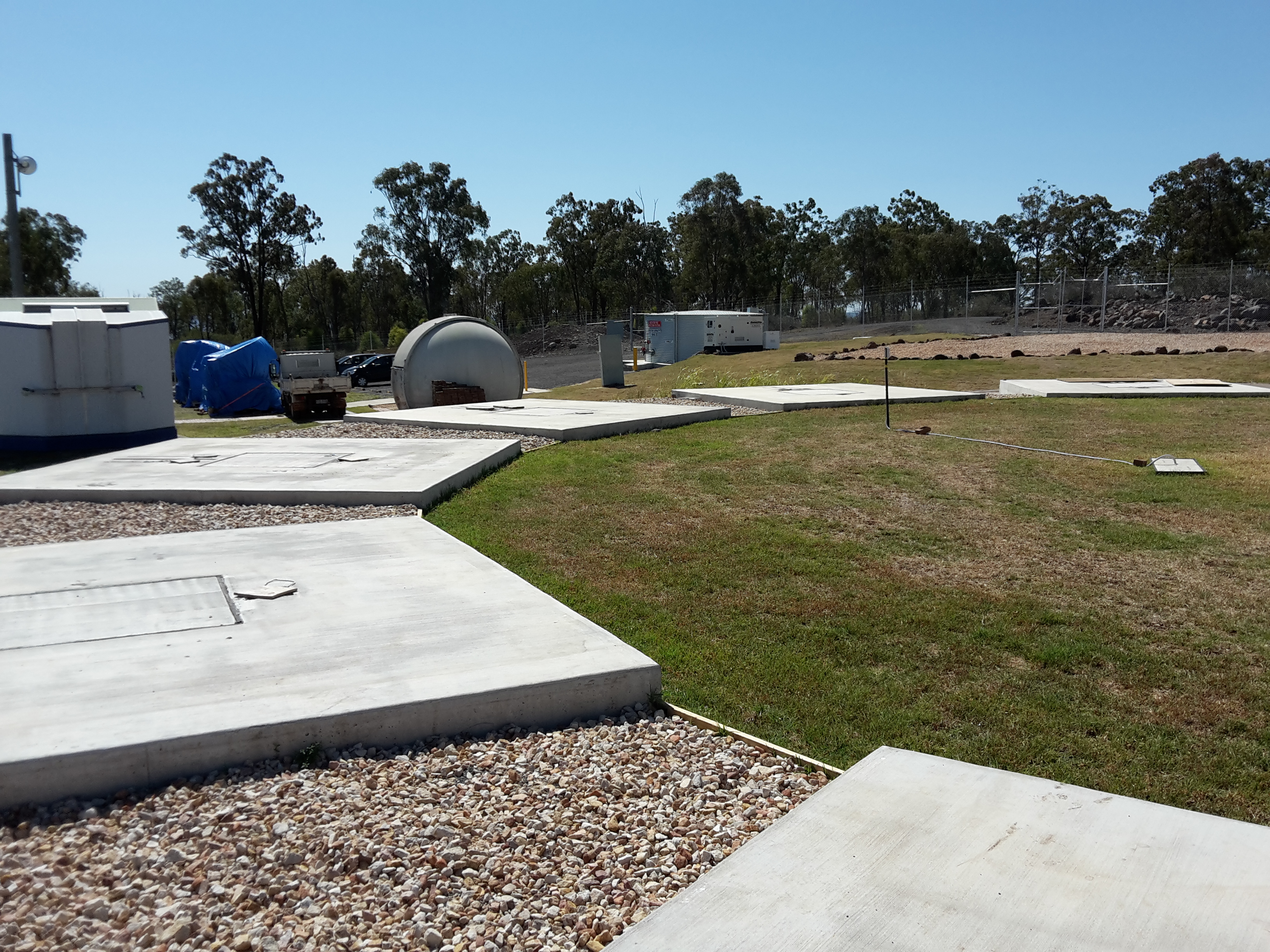 Another possible site
for the southern counterpart of our
Another possible site
for the southern counterpart of our 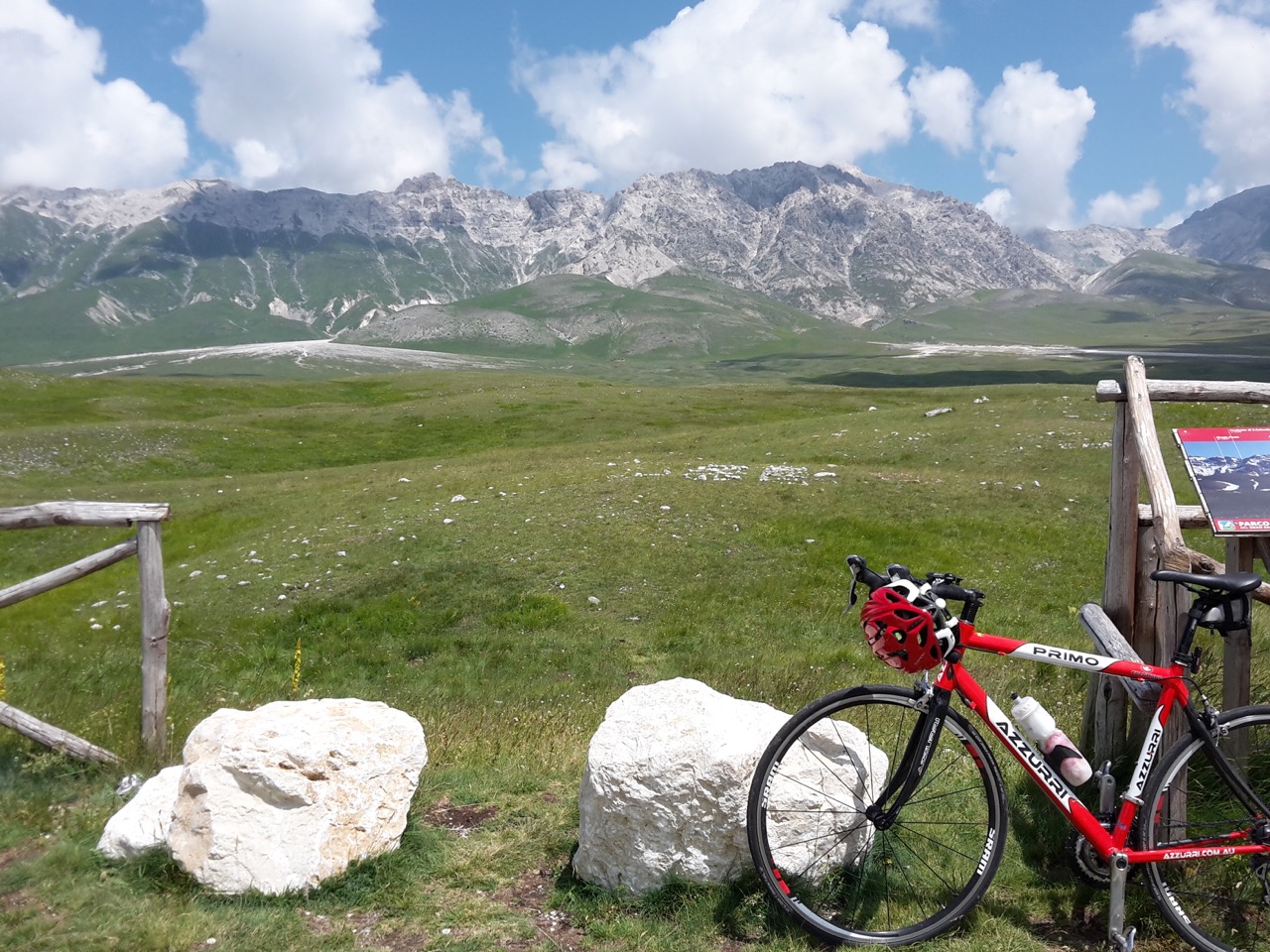 The
The 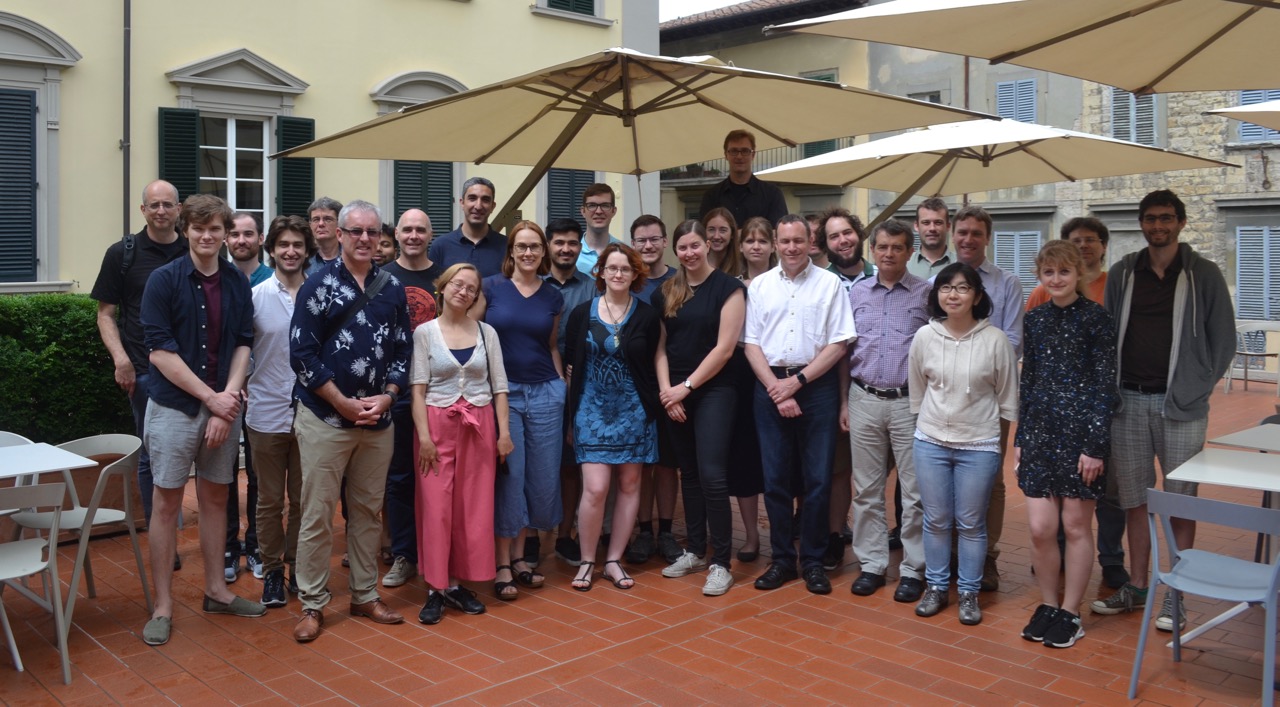
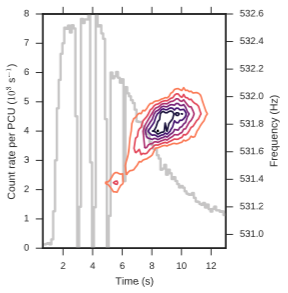 The legacy of NASA's
The legacy of NASA's 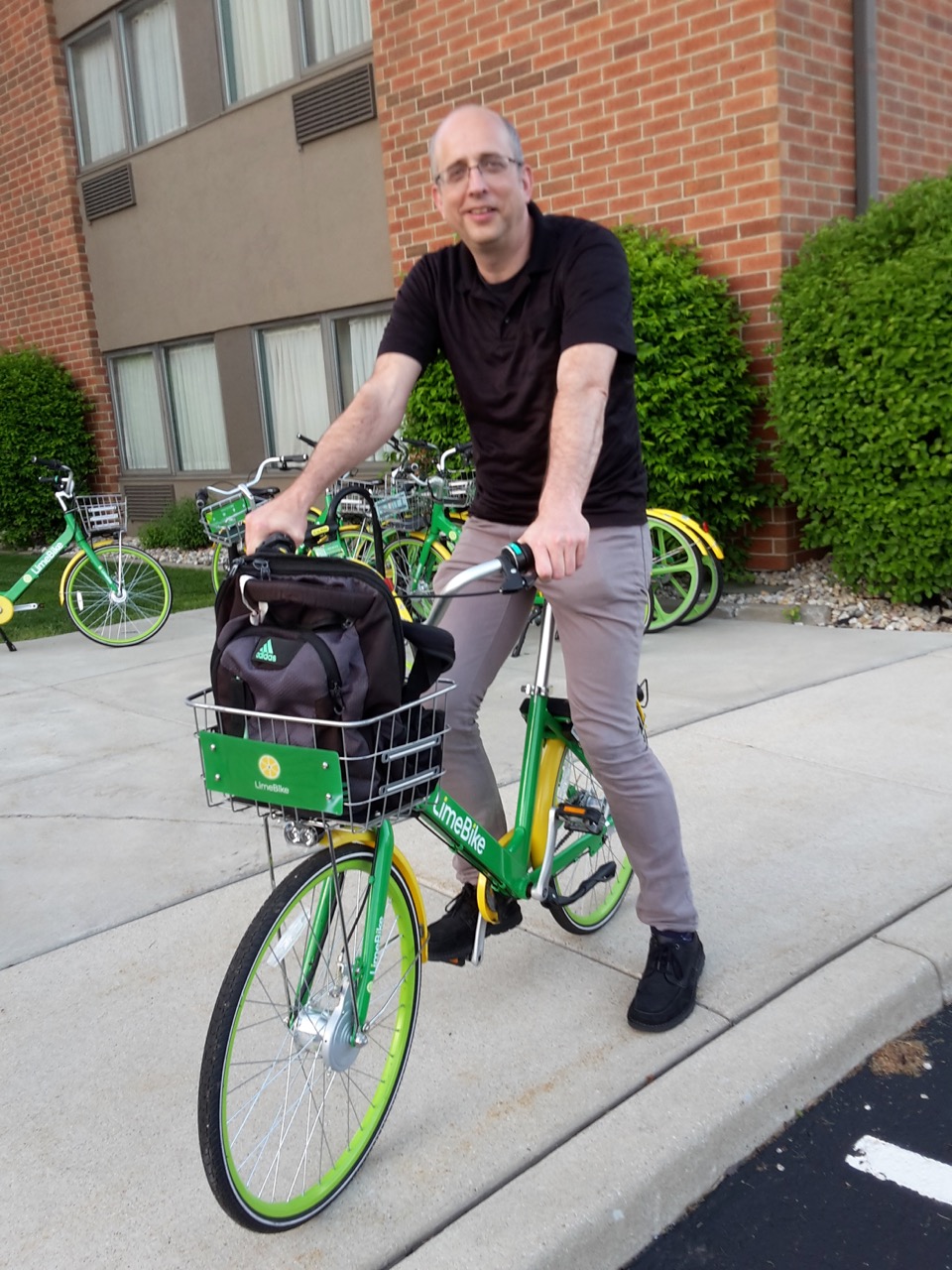 This year's
This year's 